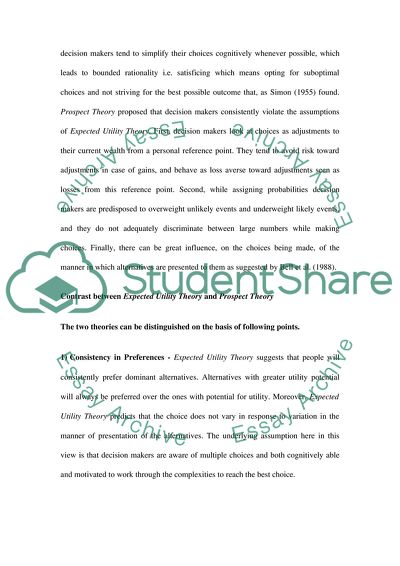Cite this document
(Utility versus Prospect Case Study Example | Topics and Well Written Essays - 1250 words, n.d.)
Utility versus Prospect Case Study Example | Topics and Well Written Essays - 1250 words. https://studentshare.org/sociology/1736498-theories
Utility versus Prospect Case Study Example | Topics and Well Written Essays - 1250 words. https://studentshare.org/sociology/1736498-theories
(Utility Versus Prospect Case Study Example | Topics and Well Written Essays - 1250 Words)
Utility Versus Prospect Case Study Example | Topics and Well Written Essays - 1250 Words. https://studentshare.org/sociology/1736498-theories.
Utility Versus Prospect Case Study Example | Topics and Well Written Essays - 1250 Words. https://studentshare.org/sociology/1736498-theories.
“Utility Versus Prospect Case Study Example | Topics and Well Written Essays - 1250 Words”. https://studentshare.org/sociology/1736498-theories.


